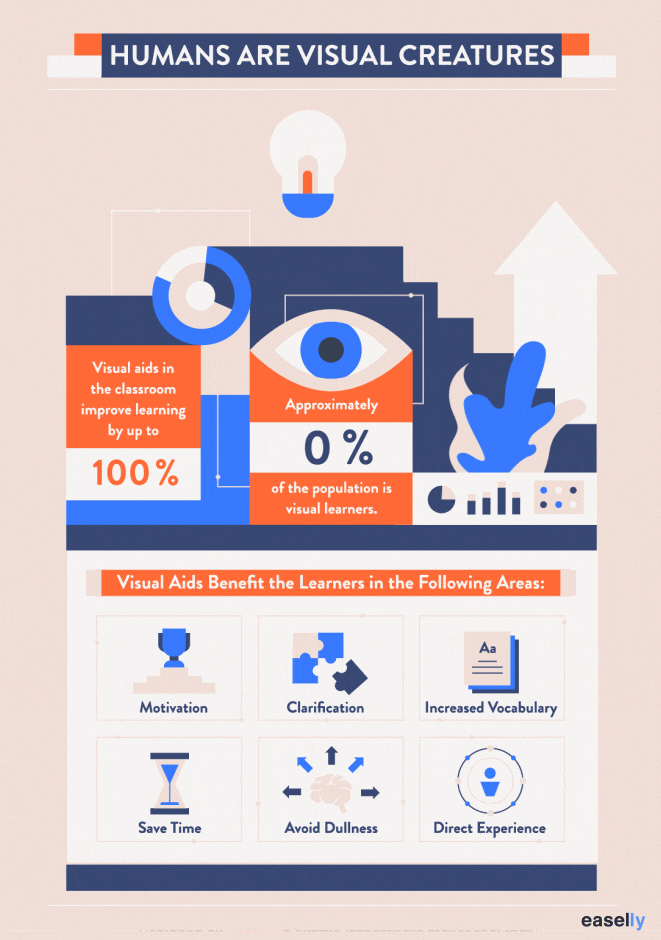 Social media outlets continue to adjust their algorithms to better accommodate and encourage video – is it time for teachers to do the same? In the digital age, nearly everything we see online has been customized so that it appeals specifically to us. Things are, in fact, getting personal. Education is no exception to this rule. Personalized learning has been a buzz-worthy phrase for some time, but actually achieving a personalized approach to learning isn’t as easy as it may sound.
Social media outlets continue to adjust their algorithms to better accommodate and encourage video – is it time for teachers to do the same? In the digital age, nearly everything we see online has been customized so that it appeals specifically to us. Things are, in fact, getting personal. Education is no exception to this rule. Personalized learning has been a buzz-worthy phrase for some time, but actually achieving a personalized approach to learning isn’t as easy as it may sound.
A 2019 report from software company Kaltura showed that out of 1,400 surveyed teachers from around the globe, 98 percent agree that interactive video will be the future of personalized learning. This is largely due to the immersive and active student learning environment video can produce.
When combining personalized learning with student-centered learning, many teachers find that students opt to submit work in video format. It has become such a part of their lives outside of school that it only makes sense to see it reflected in their assignments. Working with and learning to edit and produce video is also a skill many students will need in future careers.
In that same study, nearly 100 percent of respondents agree future employees will need to have basic video production skills, while on the other side of things, 82 percent of respondents believe that the next generation of students will expect learning to include more video content.
Part of personalized learning is being able to participate in different ways or from different locations. Educators are already using video for student assignments, remote teaching and lecture capture in the classroom and that will likely increase over the next few years.
The benefit of creating video content for students is that they have more than one chance to digest the concepts. When face-to-face they have to listen closely and hope they don’t miss something in their note-taking, but when experiencing a video lesson they can pause to process or re-watch a particularly difficult lesson until they understand it. Plus those resources are there to revisit when reviewing for a test or working on an assignment.

Video is often part of student-centered learning and blended learning environments
because it allows the differentiation of instruction, assessment and expression of learning. Video also allows you to tailor the way you deliver a message. If you’re teaching a topic full of numbers, utilizing an animated infographic may help increase student engagement, or use the table-top method to show how to solve a physics equation step-by-step.
Video can play a big role in creating the personalized learning environment your students have been waiting for – how have you used video in the classroom? What results have you seen from using personalized learning methods?